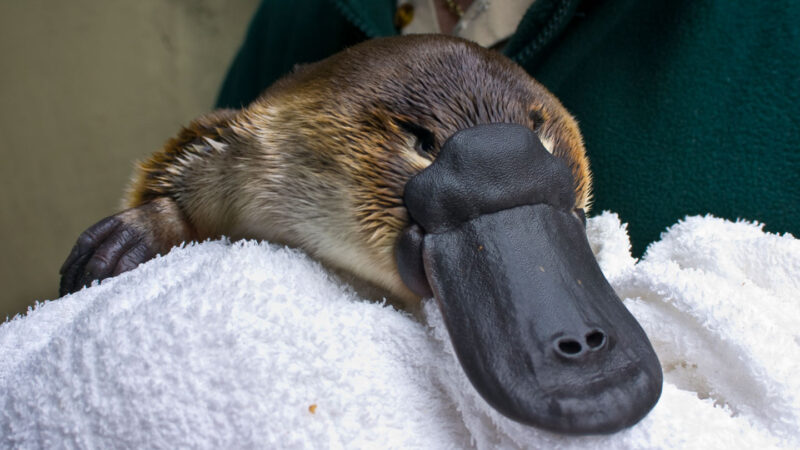Monotreme (noun, “MON-oh-treem”)
Monotremes are a unique group of mammals that lay eggs.
Only five species of monotreme exist today. All live in either Australia or New Guinea. The platypus (Ornithorhynchus anatinus) is one example. The other four belong to a group called echidnas, or the spiny anteaters.
Monotremes are the only mammals that don’t give birth to live young. But monotremes share other major characteristics with mammals. So, scientists still classify them as such.
Like other mammals, monotremes sport body hair and are endothermic. That means they spend energy to keep a constant body temperature. They also produce milk for their young. But for monotremes, milk-making comes with a unique catch. Unlike other mammals, monotremes don’t have nipples. Instead, monotremes have special milk-secreting patches on their skin.
These mammals also share similarities with reptiles and other egg-layers. For example, monotremes have a cloaca. That’s a single opening for getting rid of waste and carrying out reproduction. Other mammals have separate openings for these functions. Monotreme means “single-opening” in Greek. So, this trait explains how they got their name.
These egg-laying mammals also come equipped with a sixth sense. They can detect electrical fields around them. They use this sense to locate other creatures in murky water. Among mammals, only monotremes and some dolphins have this ability.
In a sentence
Rather than cooling down with sweat, some monotremes have a funny trick up their nose — they blow snot bubbles.

















